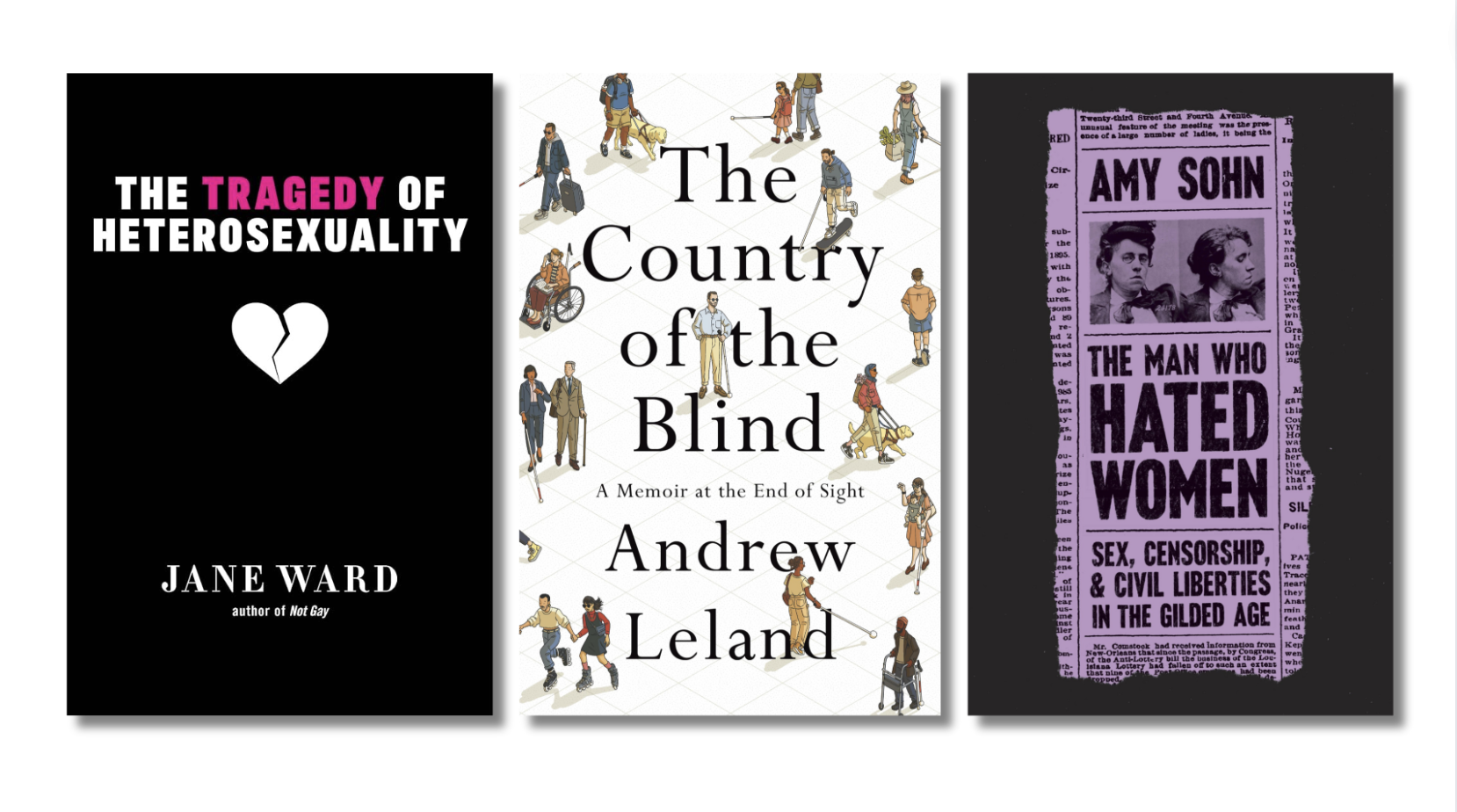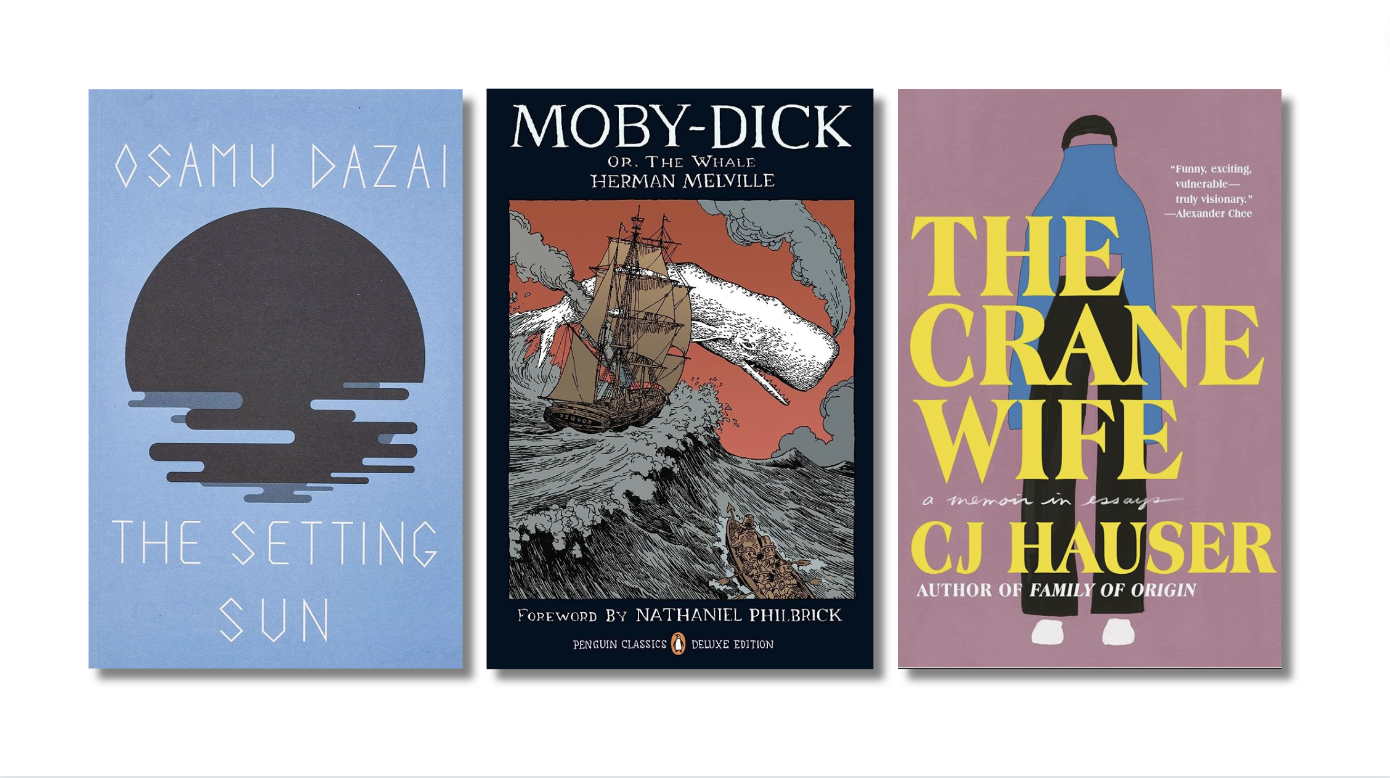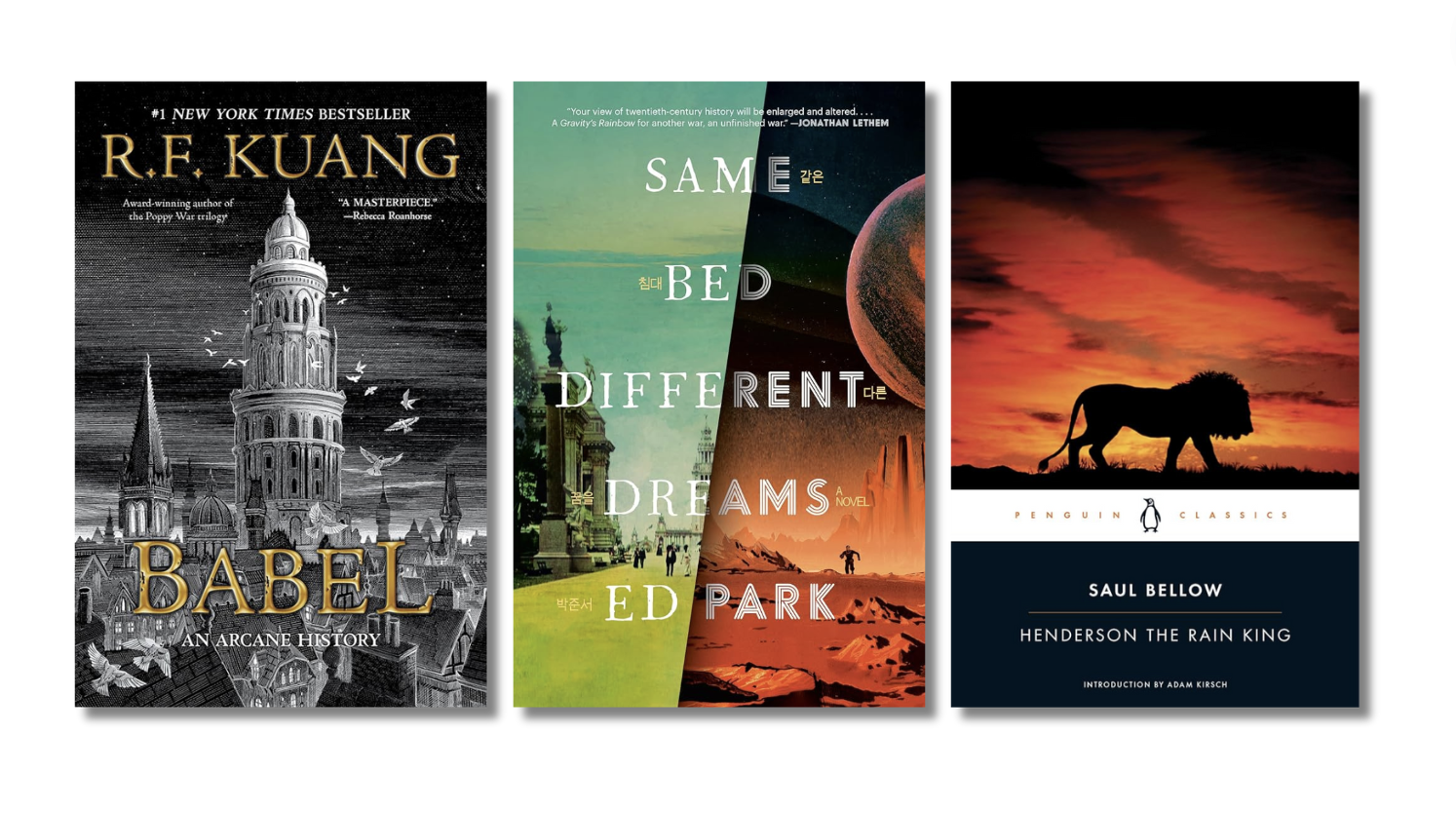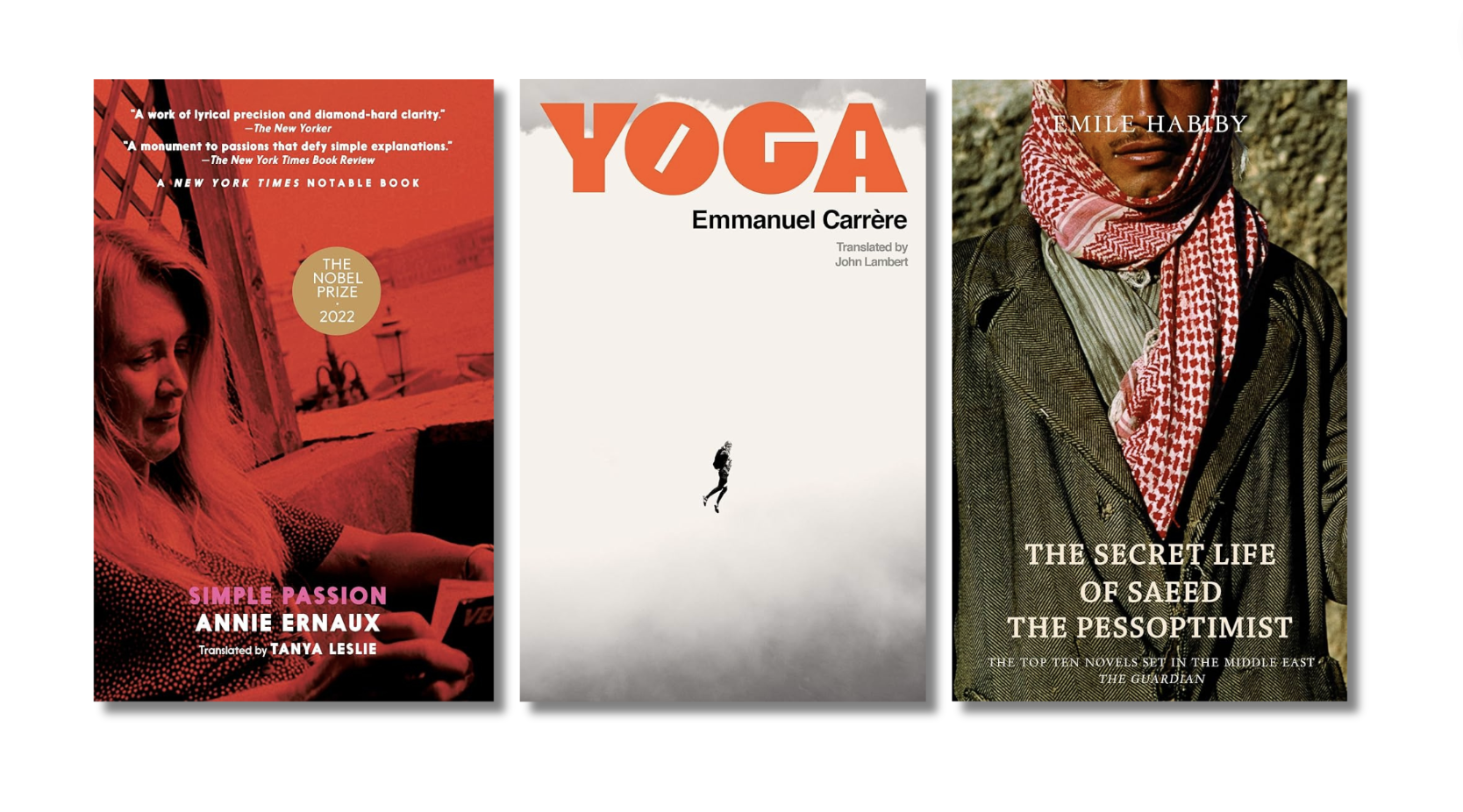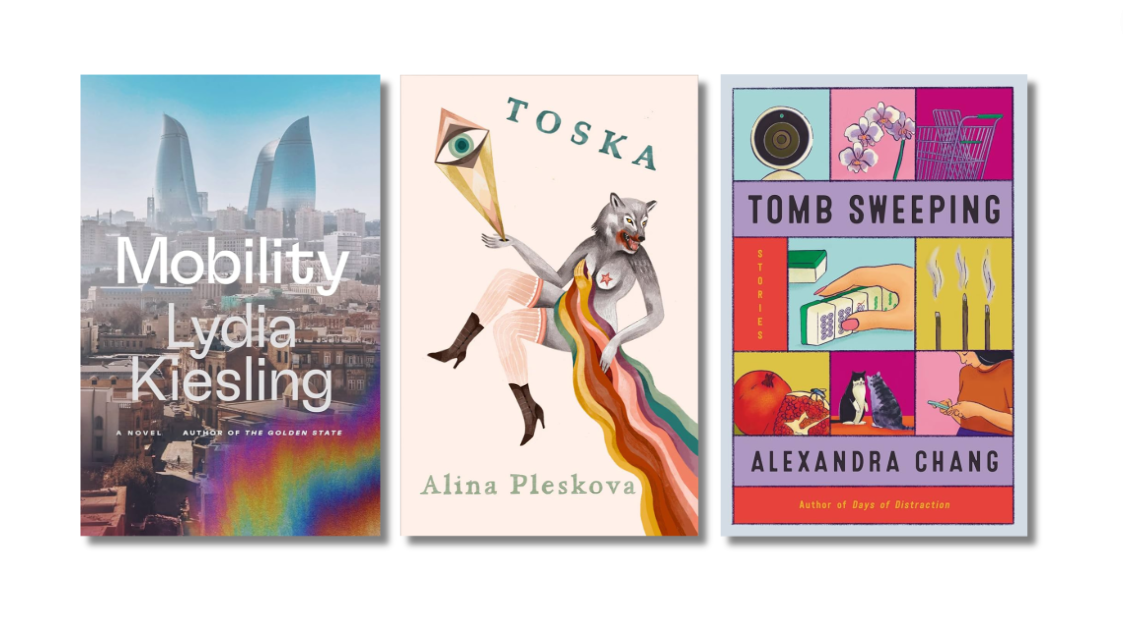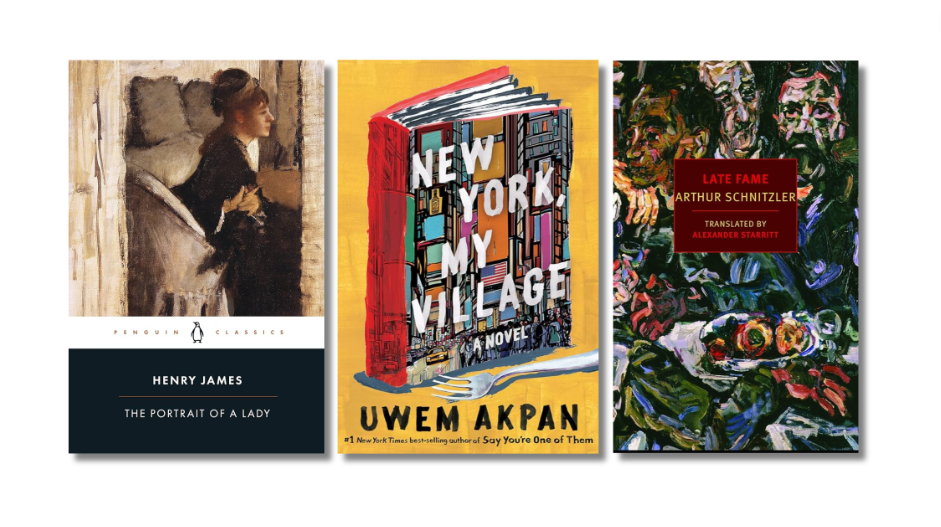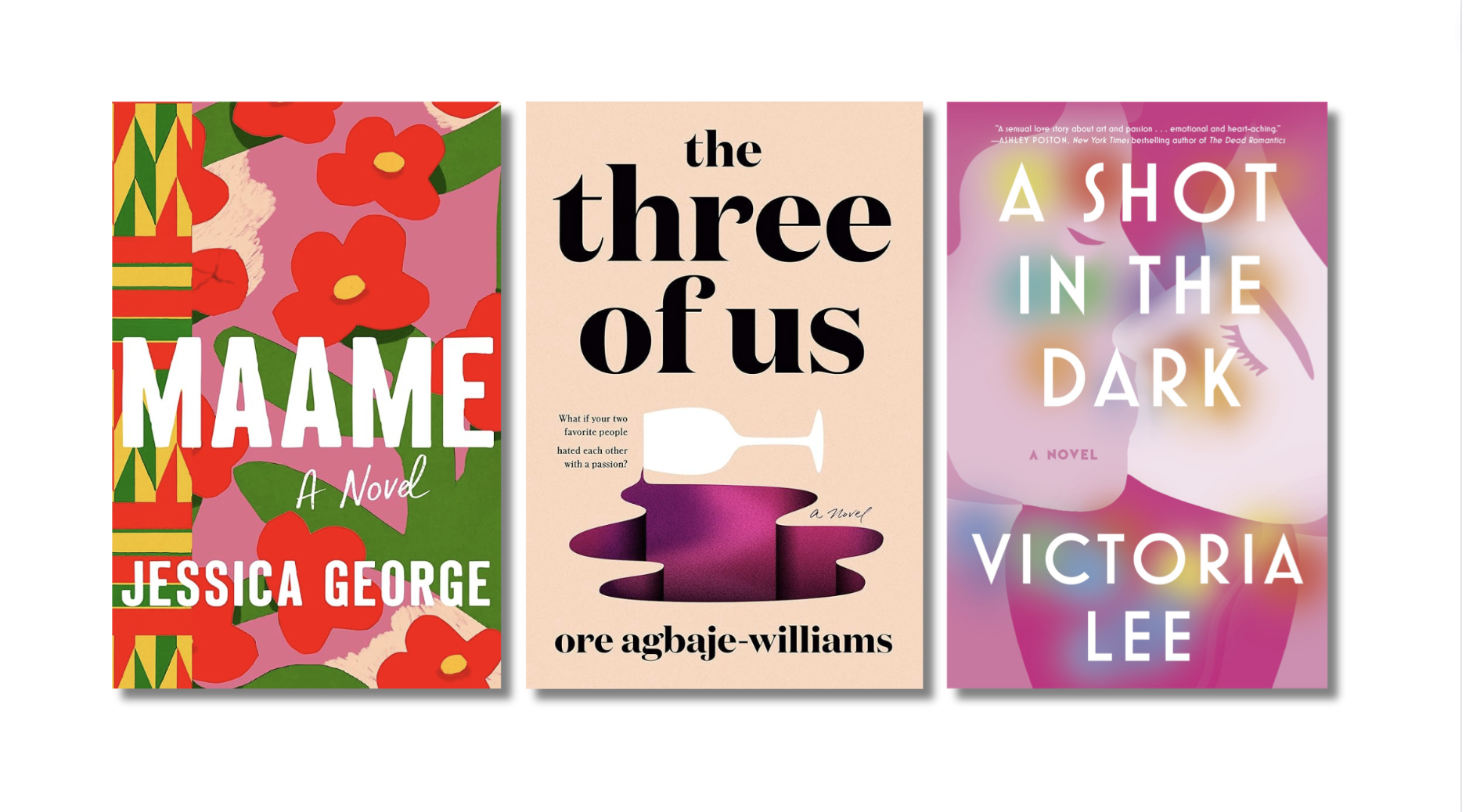I’m a painfully slow reader, and as such, my end of year reading lists are never impressively long. Still, I keep them. They do photos one better, capturing more than a moment, but a series of moments during which some small part of who I was shifted. Here are a few books from this year’s list, along with some of the small shifts they incurred.
1. The Autobiography of Gucci Mane by Gucci Mane
This was the first book I finished in 2018, and one of my favorites of the year. I picked it up while in Marfa, Texas, after browsing the table displays in the small, excellent book shop out there. If I’m being totally honest, it was the cover design that drew me to it initially. I’d listened to Gucci Mane, heard and read some of the stories about him, but there was something about the beautiful austerity of the cover that made me excited to see all those things converge in a new context. What I learned is, Gucci Mane is an honest and entertaining storyteller. The book is fun, but it’s also emotional and raw. He talks about his childhood, his ambition, his success, his pain, his shortcomings, mental health issues, and the ups and downs of his career in a clear-eyed and actively engaged way. He talks about the dissonance of the way he sees himself and the different ways he’s been seen throughout his career, without the point being who was right. Again and again, it felt like he was sharing bits of something he’s still going through, rather than telling a story from the perspective of someone who’s conquered all their demons. You can tell he loves himself and loves challenging himself, even when that means changing things he might have seen as strengths at one point in his life. I read the whole book in the few days I was in Marfa, and I spent that time thinking about what it means to make art that’s designed to be experienced by other people, designed to share parts of who you are by forging a tangible connection with others. Moving them. One small thing I learned from the book was just how important it is for a song’s popularity, and an artist’s popularity, in Atlanta, to get consistent play in strip clubs. A place where I’d always thought of music as purely background to a whole other, pretty distracting experience. I’m not sure this is how he’d think of it, but being able to make something that’s personal, but designed to be experienced in that way—as an enhancement of a whole night, of many nights, meant to be integrated into all those lives, in a way that makes each person feel good and alive—that seems like an admirable goal for a work of art to me.
 2. Tell Them I Said No by Martin Herbert
2. Tell Them I Said No by Martin Herbert
I picked up this collection of essays on artists who left the establishment after achieving some success while I was in Marfa, as well. It was the essay on Agnes Martin that I was primarily interested in, but throughout the book Herbert explores the ways which leaving the establishment, vanishing into seclusion, or refusing to show or even make new works, was in the case of each different artist an extension of that artist’s overall project, intentionally or not. It wasn’t just about the benefits of cultivating a persona, or mystery, but how absence or refusal reinforced the ideas or contexts being explored in each artist’s body of work, or allowed them to evolve in ways they likely never would have if they stayed on the scene. It was no coincidence that I read this book while in the middle of a several months long tour, (which I love doing but also spend a lot of time thinking about the meaning or usefulness of). The book is also full of all kinds of wonderfully difficult mindsets and examples of persnickety excellence, such as in one of my favorite quotes from the book, “In a silence-breaking conversation with the writer Sarah Thornton for her 2014 book 33 Artists in 3 Acts–[artist Cady] Noland apparently accepts interlocution once every twelve or thirteen years–[Noland] said that tracking and reacting to situations in which her work is misrepresented now takes up all of her time, such that, to her regret, she can no longer create art anymore.”
 3. Chemistry by Weike Wang
3. Chemistry by Weike Wang
What struck me most about this book was how simple it seemed at first, but how simple it is not. Reading it felt like eating yogurt, each line was so smooth and refreshing. But at the end I was suddenly overwhelmed, tearing up at the impossible complexity of life and love. Even reading the final paragraph again now, tears. Finishing it the first time, I realized just how much I’d been feeling while I was reading, and how the author kept moving me past it, sliding into new metaphors and new moments, using these perfect, self-contained sentences, until the moment I was struck with just how much I’d managed to avoid and evade, and how much easier it was before, when I was looking the other way.
4. The Poet at the Piano by Michiko Kakutani
I read a lot of books by and about artists this year. Even though I published a novel in January, by now, by November, I realize I’ve been thinking of this year as a writing year. An evolution year. I’ve been thinking a lot about how artists approach their work and their life, which artists are planning every move and which of them are just kind of fumbling along, trying things out and seeing what happens. Kakutani’s collection of articles on artists of all stripes is a great read, if tough to read too much of at once. I found myself putting it down for at least a day between many of the articles, trying to enter each as if I were reading it on its own. They were better that way, although I’m glad they’ve all been collected. Kakutani is a great writer, and celebrated as such, but what stood out to me was the effort she made, with each of these articles, to discover something unique about her subject and to carefully reveal it to us. These articles felt like the product of intimate exchanges, or careful observations, even if they ultimately wound up reading as one-sided conversations. I read each of these articles feeling like I was brought somehow so much closer to its subject—even those who seemed to be keeping Kakutani at arm’s length—but no closer to Kakutani. This is not a criticism. It’s a quality. I rarely felt her presence, outside of the careful attention and thoughtful presentation she brought to each finished piece. I thought it was remarkable, because of course she’s present in every detail she chooses to include and in how she chooses to include it. But these things are done with an intelligence and a subtlety that makes every observation feel nothing short of true, rather than personal. I read plays, novels, watched movies, and attended showings as a result of reading this book.
 5. Norwood by Charles Portis
5. Norwood by Charles Portis
I read this book twice this year, and neither was my first time. It might be one of my absolute favorite books, and Portis one of my favorite American writers. If there’s anyone I have to consciously try not to steal from when I’m writing, it’s Portis. Like Weike Wang, his are books you slide through, loading up all the while with feelings and thoughts you don’t recognize until after days of unpacking and trying to figure out why you feel so strange and sad. He’s like Pynchon without being ponderous, loading every moment with beats and details that resonate throughout history, throughout the dark, painful, and totally absurd life of this country. He manages all this while being hilarious, and spinning a great yarn. Heavy as they are, each of his books has the feel of something shared over beers, told proudly to you by a man full of holes. The thing I remembered, reading this book again, is that there’s something to be said for only writing those things that keep you excited, make you feel alive. If all I’m doing is trying hard, then that’s all I’ll end up with. But if I’m having fun with it, I typically wind up trying hard in a whole different way. It gave me a kick in the pants, is what I’m saying, and steered the project I was working on back in an enjoyable direction.
More from A Year in Reading 2018
Don’t miss: A Year in Reading 2017, 2016, 2015, 2014, 2013, 2012, 2011, 2010, 2009, 2008, 2007, 2006, 2005




